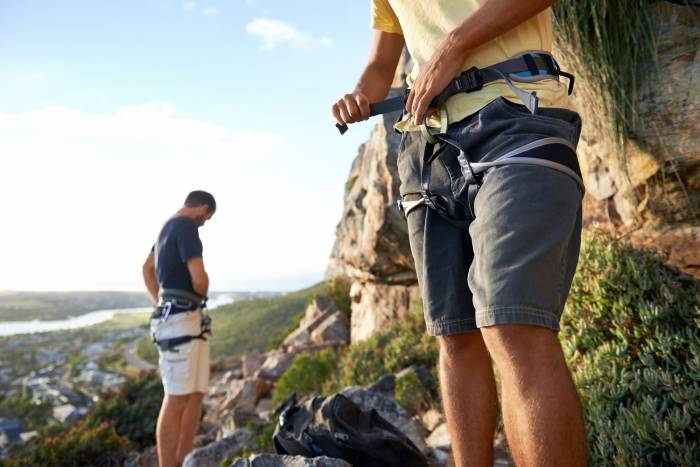Two Russian climbers tested the limits of alpinism in Kyrgyzstan this season, bagging an arduous 7-day first ascent on the unclimbed Peak Kosmos. The descent pushed their safety margin to zero.
On September 30, Alexander Gukov and Victor Koval completed the first ascent of Peak Kosmos (19,494 feet). After 5 days of climbing and very little sleep, the Russians became the first people to stand on the summit. Two days later, they ran out of food and narrowly made it off the mountain.
View this post on Instagram
The 4,400-foot route on the mountain’s intimidating north face negotiates terrain up to 6B. That’s the high water mark on the Russian alpine difficulty grade scale, equivalent to ED3. In addition to technical difficulty, alpine grades factor in objective danger, altitude, commitment, and anything else that makes the route prohibitive.
Peak Kosmos would provide plenty of that. In late September, the Russians arrived in the Kokshaal-Too range and acclimated at Peak Uchitel (14,763 feet). Reportedly, they started up the north face of Kosmos despite significant avalanche activity from its various big seracs.
Kyrgyzstan’s North Face: The Peak Kosmos FA
Initial progress was rapid, as the team climbed about 1,600 feet on Day One. But the seracs slowed them down and may have resulted in bad bivvies. On Day Three, the group encountered steep terrain and stopped 1,500 feet below the summit. Reportedly, they spent 2 hours setting up an uncomfortable bivy that absorbed snowfalls from the seracs above all night.
They started up again without sleep but still managed to bivy on the summit ridge the next night, just 400 feet shy of the summit. But then, in defiance of their forecast, the wind started to pick up. Soon, it blew strongly enough that they couldn’t sleep — so they started climbing again.
View this post on Instagram
Finally, after picking their way up the complex ridge, Gukov and Koval tagged the Peak Kosmos summit at 5:00 p.m. There, they took an unceremonious snapshot and bolted to their descent line on the East Ridge.
Things kept getting hairier from there. Looking for safe quarter, they descended almost 2,000 feet in the dark before finding a bivouac. Reports call the location “safe,” but the team still faced present danger from the seracs above. So, yet again, they got up early and resumed the descent.
After another full day of work, they still weren’t on the ground. They bivvied again, but the situation was starting to look grim; lousy weather was approaching, and they would run out of food the next morning.
Despite navigating “complicated and dangerous” terrain on the final day under what must have been massive fatigue, Gukov and Koval finally got down on October 2.
So far, the team hasn’t made any further reports. We can only assume they’ve been sleeping too much to write them.








